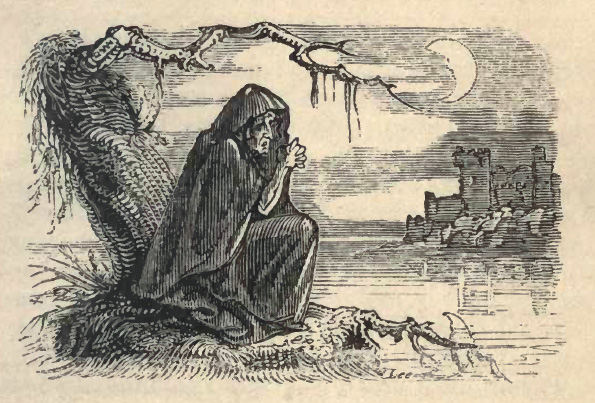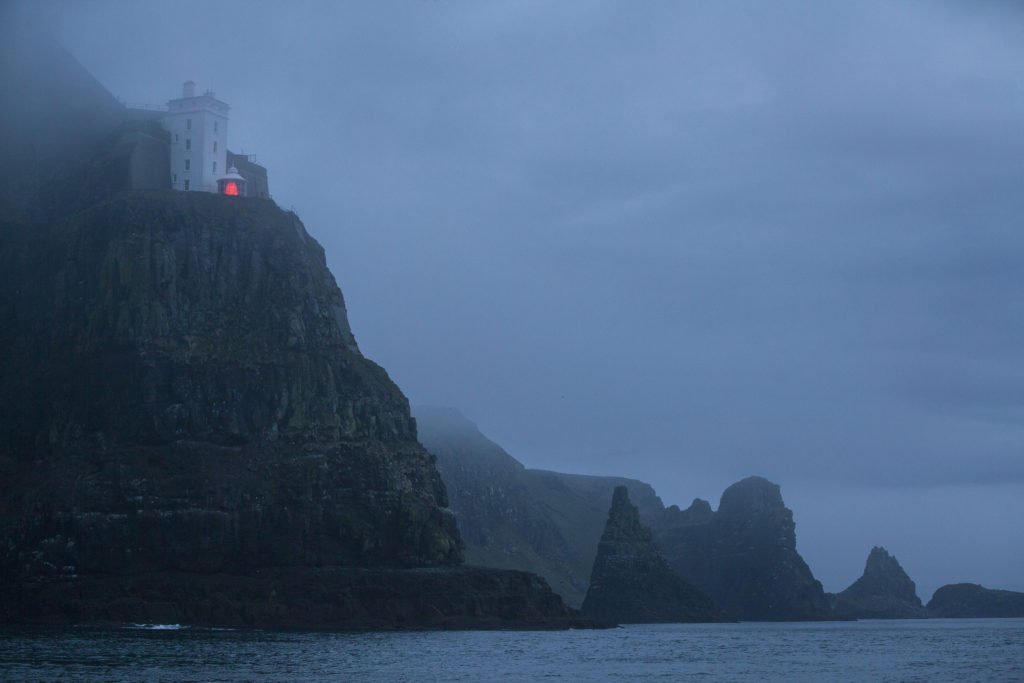IN Ireland, the link between place and myth, between landscape and legend, is very strong.
“Where every hill has its heroes and every bog its bones,” as the old saying goes, to which could reasonably be added — and every single county in Ireland has its prehistoric structures, its ancient ruins, its weather-beaten remnants of past communities.
Earthing the Myths by Daragh Smyth is a fascinating and comprehensive county-by-county guide to the many places in Ireland connected to this ancient history.
Woven into the factual account is a rich tapestry of myth, legend and folklore.
All the A-listers of Irish mythology are present and correct, including the prime celebrity Cú Chulainn.
As author Daragh Smyth points out, Cú Chulainn underwent remarkable development over the millennia.
In the Irish pantheon, the Iron Age hero defends Ulster from the forces of Connacht. (You can read all about it in Táin Bó Cúailnge, or the Cattle Raid of Cooley.)
But when real, malevolent forces were deployed against Ireland, Cú Chulainn was transformed into the spirit of Irish resistance, his power now deployed against English rule.
 Earthing the Myths largely covers the period 800 BC to AD 650, in effect spanning the Late Bronze Age, the Iron Age, and into the early Christian period.
Earthing the Myths largely covers the period 800 BC to AD 650, in effect spanning the Late Bronze Age, the Iron Age, and into the early Christian period.
Smyth explores the ways in which the land evolved, and with it the hefty Irish catalogue of mythology.
The book chronicles sites across Ireland, with a cast that includes druids, banshees, fairies, goddesses, warriors, and kings, featuring in tales both real and imagined.
Occasionally, and entertainingly, Smyth ventures into anecdote mode.
He mentions the (mainly) Victorian Belfast City Cemetery, which contains both Catholic and Protestant graves.
He describes how at one time the Catholic bishop built an eight-foot wall underneath ground to prevent ‘spiritual contagion’.
Alongside the anecdotal is a work of academic importance.
Earthing the Myths examines each county’s historical and folkloric legacy — from empirical fact to legends that reach into the fantastical and the bizarre.
 An illustration of a banshee from Fairy Legends and Traditions of the South of Ireland by Thomas Crofton Croker, 1825
An illustration of a banshee from Fairy Legends and Traditions of the South of Ireland by Thomas Crofton Croker, 1825In Rathlin, Smyth discusses the Neolithic axe factory, close to Church Bay. These axes would have been produced thousands of years ago using the material porcellanite, a type of flint that is the hardest stone in Ireland and Britain.
But Rathlin Island, Ireland’s most northerly-inhabited point, also lays claim to its own origin myth.
This has no resonance with any recognised religious creation myth, in that it concerns Finn mac Cumhail’s mother scouring the countryside for alcoholic supplies.
Finn, the story goes, had drained the north of Ireland dry of whiskey, so Mrs mac Cumhail (snr) set out to procure whiskey from Scotland.
So, just your average Irish mammy, then.
She took along a mountain (a real one) to use as a stepping-stone across the Irish Sea, tripped, dropped the mountain — and hey presto, there was Rathlin.
It would be fair to point out that versions of this story — concerning other islands, loughs or mountains — exist throughout Ireland and Scotland.
All of Ireland’s notable archaeological and historical sites are studied here but given a new perspective: the Giant’s Causeway of course, Croagh Patrick, the Hill of Tara and Brú na Bóinne.
But many lesser-known sites that hark back to our ancient ancestors are noted.
Places such as the ‘fairy tree’ or St Kieran’s Bush, north of Roscrea in Co. Offaly.
 Rathlin Lighthouse (PIC: Northern Ireland Tourism)
Rathlin Lighthouse (PIC: Northern Ireland Tourism)As Daragh Smyth puts it, “Belief in the fairies existed until recently throughout Ireland, although customs relating to them may still exist in outlying pockets of the Slieve Bloom Mountains.”
The fairy tree of St Kieran is one such example.
“The whitethorn can be seen today covered in rags and old pieces of clothing, a remnant of a rite carried out by a young virgin or pisóc.”
Today the custom has merged into Christian votive practice, where prayers of intercession to St Kieran are offered up – along with a piece of cloth tied to the tree.
With over one thousand locations recorded, from the Glens of Antrim to the tip of Kerry, Earthing the Myths breathes life into places throughout Ireland that find their origins in our pre-Christian and pre-Gaelic past, and shows that they still possess unique wisdom and vibrant energy.
Earthing the Myths: The Myths, Legends and Early History of Ireland is published by the Irish Academic Press

